On Constitution Day 2022, the Supreme Court of India released a Sensitization Module for the Judiciary on LGBTQIA+ Community which aims at sensitizing the judges, magistrates, and judicial staff about the LGBTQIA+ community in India. One of its major highlights is the acknowledgement that there exists no legal protection or constitutional safeguards that protect members of the queer community from discrimination in India.
This move comes at a time when Singapore decriminalized homosexuality, Cuba released The Cuba Family Code 2022 which provides landmark rights to queer citizens, and the Senate in the US passed the Respect for Marriage Act.
The handbook has been drafted as a set of recommendations that may be adopted by some courts and judges. The contributors to the handbook are also diverse, representing lawyers, activists, and scholars; however, it’s unclear if there’s adequate representation from queer and trans persons practicing law. The module puts in place protocols that may be followed by the police and magistrates while adjudicating criminal complaints by or against LGBTIQA+ individuals which is essential because police sensitization has been primarily lacking regarding how they should treat people from the queer community.
Another peculiarity of the report is that it has discussed how even sex has been constructed in a gendered manner, referring to the work of Thomas Lacquer, or discussing the problem with sex-testing in sports, referring to the example of Dutee Chand.
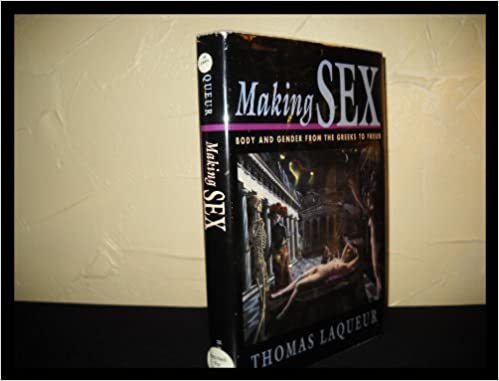
Another crucial aspect is highlighting discrimination faced by the members of the queer community; be it familial violence, public violence, custodial violence, and violence in accessing healthcare. There’s also a section on specific issues concerning transgender persons, which is important as trans persons have been left out of the queer rights discourse time and again. Other sections involve dos and don’ts around language, usage of pronouns, stereotypes to avoid, and in general, how to become more inclusive and affirmative of the queer community, especially when in court.
The module also traces the legal history of queer and transgender rights in India, both before and after the Section 377 judgement. Notably, it’s the section on an existing legislative regime that paves the way for the future by focussing on aspects like rights under the constitution, laws that impact the LGBTQIA+ community, and trends in high court cases. The latter layout judgements and cases dealt with the recognition of self-identification of gender identity, conversion therapy and illegal confinement, marriage, consensual queer and live-in relationships, affirmative action and discrimination, healthcare, inheritance, and rights of intersex persons.
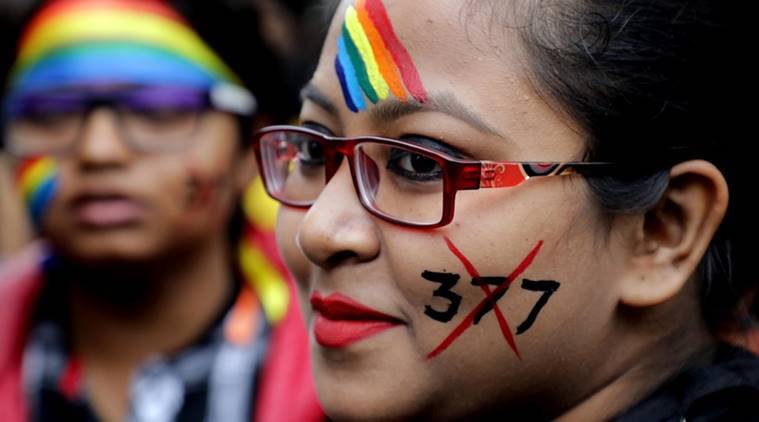
This is indeed a progressive step when the bench headed by the Chief Justice of India is expected to give an affirmative ruling on same-sex marriage rights. At the same time, other developments are taking place such that trans activists are raising questions about their inclusion within the same-sex marriage discourse, and openly queer lawyers in India like Rohin Bhatt are writing about including pronouns in appearance slips courts. The letter also mentioned that this step would improve experiences within the legal system for queer, trans, and gender-non-conforming lawyers as it will be a safeguard against psychological distress.
The document also follows upon last year’s NCERT manual “Inclusion of Transgender Children in School Education: Concerns and Roadmap” and the LGBTQIA+ glossary gazette released by the Tamil Nadu government and highlights the need to examine the importance of pronouns and language in the politics of inclusion and also discuss how such moves impact the advocacy of queer rights in a country like India. There is still space for some improvements in the module, for instance, The Genderbread Person has been used a lot to explain gender, gender identity, and expression; however, it is still within the confines of the binary and relies on a very western model to explain gender.
Also Read: NCERT Manual & Gender-Sensitive, Trans-Inclusive Approaches To Education
Given the past few years of queer trans activism in India, this is a hopeful development since the government has maintained that marriage is between a biological man and a woman around same-sex marriage rights, and the fight against Transgender Persons (Protection of Rights) Act, 2019 has been well documented. However, this does seem like a progressive step to enhance inclusion, recognition and visibility of sexual and transgender minorities in the field that directly impacts their future and lives, even though at times they’re not even represented well. If one looks at the history of queer activism in India since 1994 when the first petition was filed against the validity of Section 377 by ABVA, we’ve come a long way.
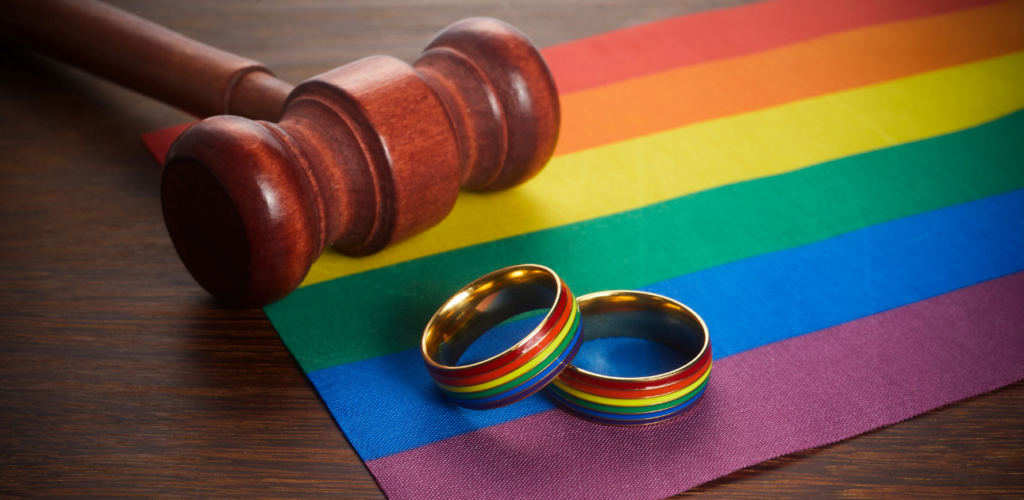
Also Read: Tamil Nadu Government Gazette Publishes LGBTQIA+ Glossary: A Road To Inclusive Politics
In fact, the decade of 2010s can be read as the decade of the law since there have been so many major shifts in the way law sees gender, which has moved from advocating for women’s rights to legal recognition of trans persons and provision of rights to them like any other citizen. Furthermore, there have been judgments like National Legal Services Authority (NALSA), Right to Privacy, Section 377 where the court has dictated the role the state has to play in the lives of marginalized persons. This also marks a legal versus social battle since activists have been raising voices against the non-impactful implementation of the laws and policies which are made for the welfare of trans persons.
From a time when trans persons weren’t allowed to marry or self-identify their gender to a day when their rules being laid down for how to refer to queer trans persons in the law in a refreshing change but it needs strict implementation for it to work out in the favour of the queer community in India. While the module lays down guidelines for sensitizing the police, the police are still one of the most oppressive structures for queer folks.
Also Read: Gender Mela: Perspectives On Sexual Minorities
The handbook provides a comprehensive understanding of gender and sexual diversity along with tracing the legislatures that are present that have impacted the rights of the LGBTQIA+ community. The last section deals with suggestions and recommendations, perhaps the most important part of the module. The suggestions involve changes on an individual level like being sensitive and inclusive of other gender identities, and also structural changes like setting up gender neutral washrooms in courts and police stations.
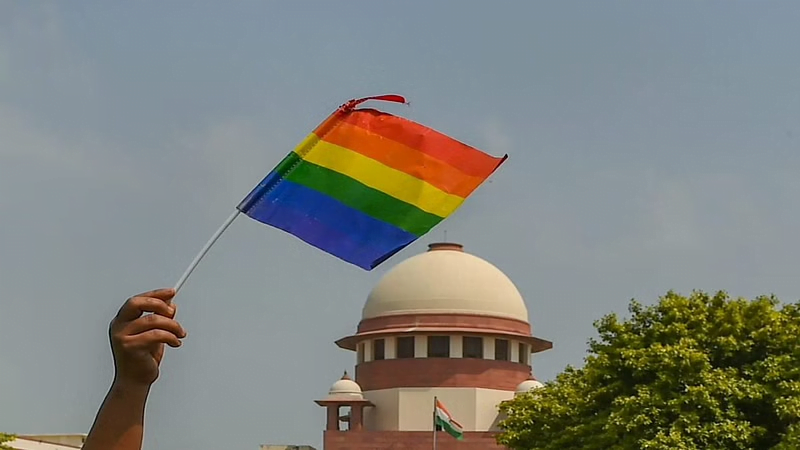
However, one aspect that is still left out is the aspect of the livability of trans lives and how they are victims of systemic social inclusion, which needs more engagement than just suggested guidelines. This is concerning because trans persons have been left out of the collective fight waged against Section 377, and now the demand for same-sex marriage rights is also excluding the lack of welfare for trans persons. And while the module does discuss steps to be inclusive, there is still a lack of representation. The module needs to be implemented such that queer and trans persons in the law also occupy leadership positions, and are not left out of the narrative where privileged queer people have become representative of the community.
Along with this, there are recommendations for sensitization sessions, protocols to be followed by the police while dealing with queer people, protection of LGBTQIA+ couples, protocols to be followed by courts, recording of gender identity, sentencing trans persons to prisons, and reforms to eliminate discrimination against LGBTIQA+ individuals in employment, healthcare, and education, along with the provision of horizontal reservations for trans persons across caste and economic categories in view of the intersectional nature of the discrimination against them. The law has been cited as the answer to getting access to our basic rights.
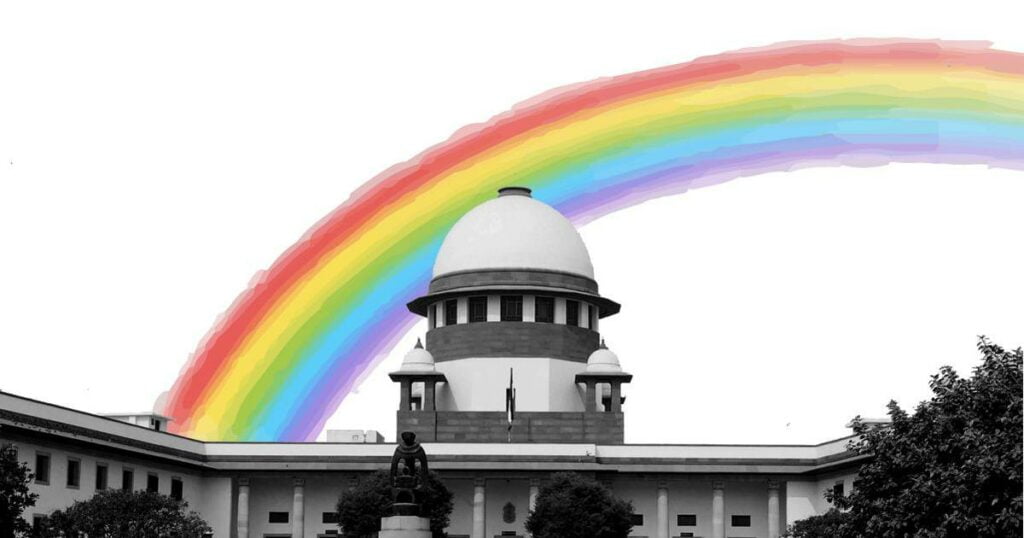
In the opening remarks, Chief Justice DY Chandrachud mentions that “The members of the community still face structural barriers in public and private spaces which preclude them from accessing services such as justice delivery, education, employment, healthcare, and financial services. The structural barriers that the community faces stem from the widespread discrimination that operates in both subtle and significant ways.” And even though one has to be critical of the law, especially concerning how much power we give to the law in deciding our ways of being, living, and loving; in hindsight, it’s better to have some sense of inclusion (providing there’s some materialistic gain and not just tokenism) rather than having an overt queerphobic system that fails to address our needs.
At the same time, we need to ask what will happen after this. What’s going to be the next step? How are the courts and the police are going to materialize these recommendations into concrete actions that are not limited to metro cities? Will this allow more lawyers to practice law as openly queer persons? Moreover, what does this mean for the higher authorities in the judiciary who exercise a lot of power over others in the field where gender and sexuality often lead to heightened discrimination? And what does it mean for queer trans people who can’t always access the law due to barriers, will the module reduce those barriers or end up being mere guidelines?




